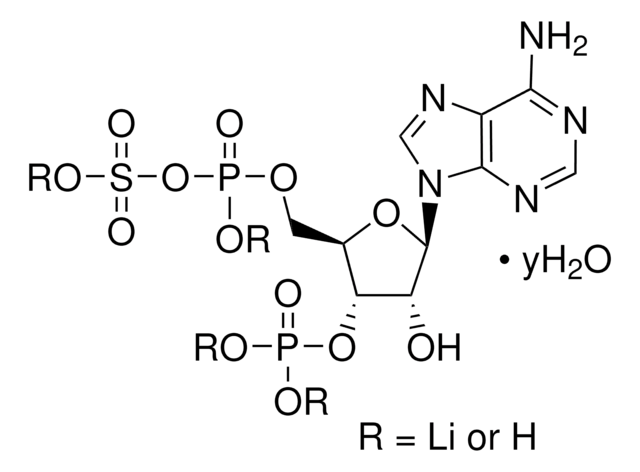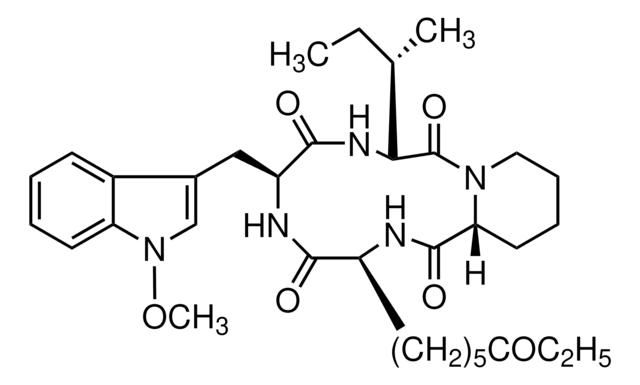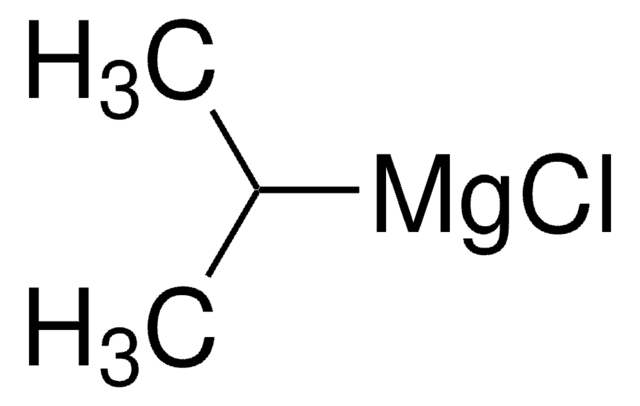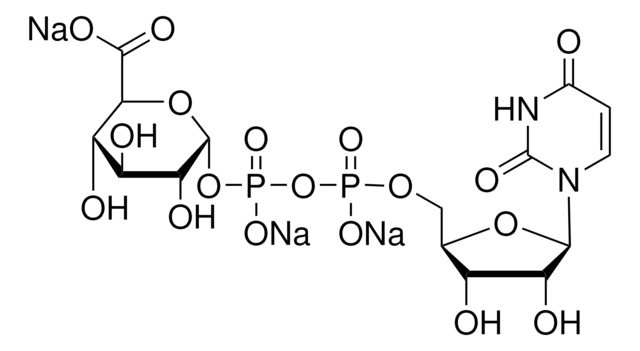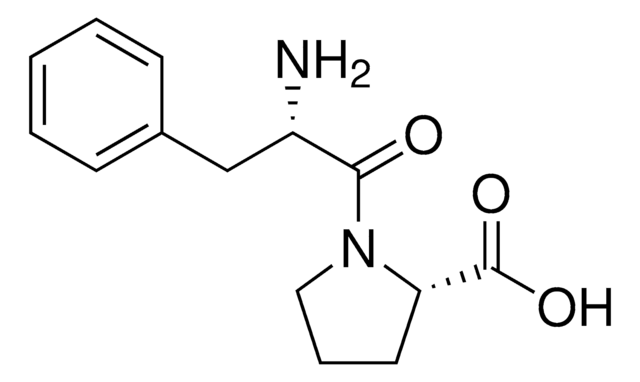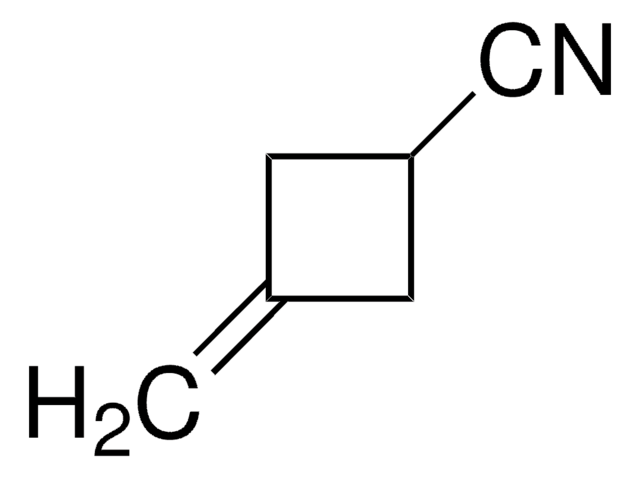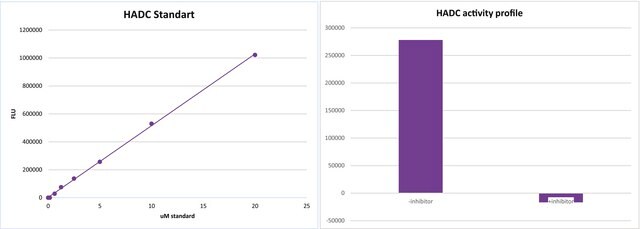T2580
Trapoxin A
≥98% (HPLC), from Helicoma ambiens
Sinónimos:
Cyclo((S)-phenylalanyl-(S)-phenylalanyl-(R)-pipecolinyl-(2S,9S)-2-amino-8-oxo-9,10-epoxydecanoyl), RF 1023A
About This Item
Productos recomendados
biological source
Helicoma ambiens
Quality Level
assay
≥98% (HPLC)
form
solid
solubility
DMSO: soluble 0.9-1.10 mg/ml, clear, colorless to faintly yellow (may be further diluted 20 fold in H2O)
chloroform: soluble
methanol: soluble
shipped in
dry ice
storage temp.
−20°C
SMILES string
N21[C@H](CCCC2)C(=O)N[C@H](C(=O)N[C@H](C(=O)N[C@H](C1=O)Cc5ccccc5)Cc4ccccc4)CCCCCC(=O)[C@H]3OC3
InChI
1S/C34H42N4O6/c39-29(30-22-44-30)18-9-3-8-16-25-31(40)36-26(20-23-12-4-1-5-13-23)32(41)37-27(21-24-14-6-2-7-15-24)34(43)38-19-11-10-17-28(38)33(42)35-25/h1-2,4-7,12-15,25-28,30H,3,8-11,16-22H2,(H,35,42)(H,36,40)(H,37,41)/t25-,26-,27-,28+,30-/m0/s1
InChI key
GXVXXETYXSPSOA-UFEOFEBPSA-N
Application
- to study its effects on the inhibition of histone deacetylase 11 (HDAC11)
- to study its effects on the inhibition of HDAC3 in human cell lines
- to study its effects on the inhibition of HDAC6 in rat pyramidal neurons
Biochem/physiol Actions
Features and Benefits
Preparation Note
Related product
signalword
Danger
hcodes
pcodes
Hazard Classifications
Acute Tox. 3 Oral
Storage Class
6.1C - Combustible acute toxic Cat.3 / toxic compounds or compounds which causing chronic effects
wgk_germany
WGK 3
flash_point_f
Not applicable
flash_point_c
Not applicable
Elija entre una de las versiones más recientes:
Certificados de análisis (COA)
¿No ve la versión correcta?
Si necesita una versión concreta, puede buscar un certificado específico por el número de lote.
¿Ya tiene este producto?
Encuentre la documentación para los productos que ha comprado recientemente en la Biblioteca de documentos.
Artículos
Epigenetic modifications are thought to occur through two key interconnected processes—DNA methylation and the covalent modification of histones.
Contenido relacionado
We offer a variety of small molecule research tools, such as transcription factor modulators, inhibitors of chromatin modifying enzymes, and agonists/antagonists for target identification and validation in gene regulation research; a selection of these research tools is shown below.
Nuestro equipo de científicos tiene experiencia en todas las áreas de investigación: Ciencias de la vida, Ciencia de los materiales, Síntesis química, Cromatografía, Analítica y muchas otras.
Póngase en contacto con el Servicio técnico

